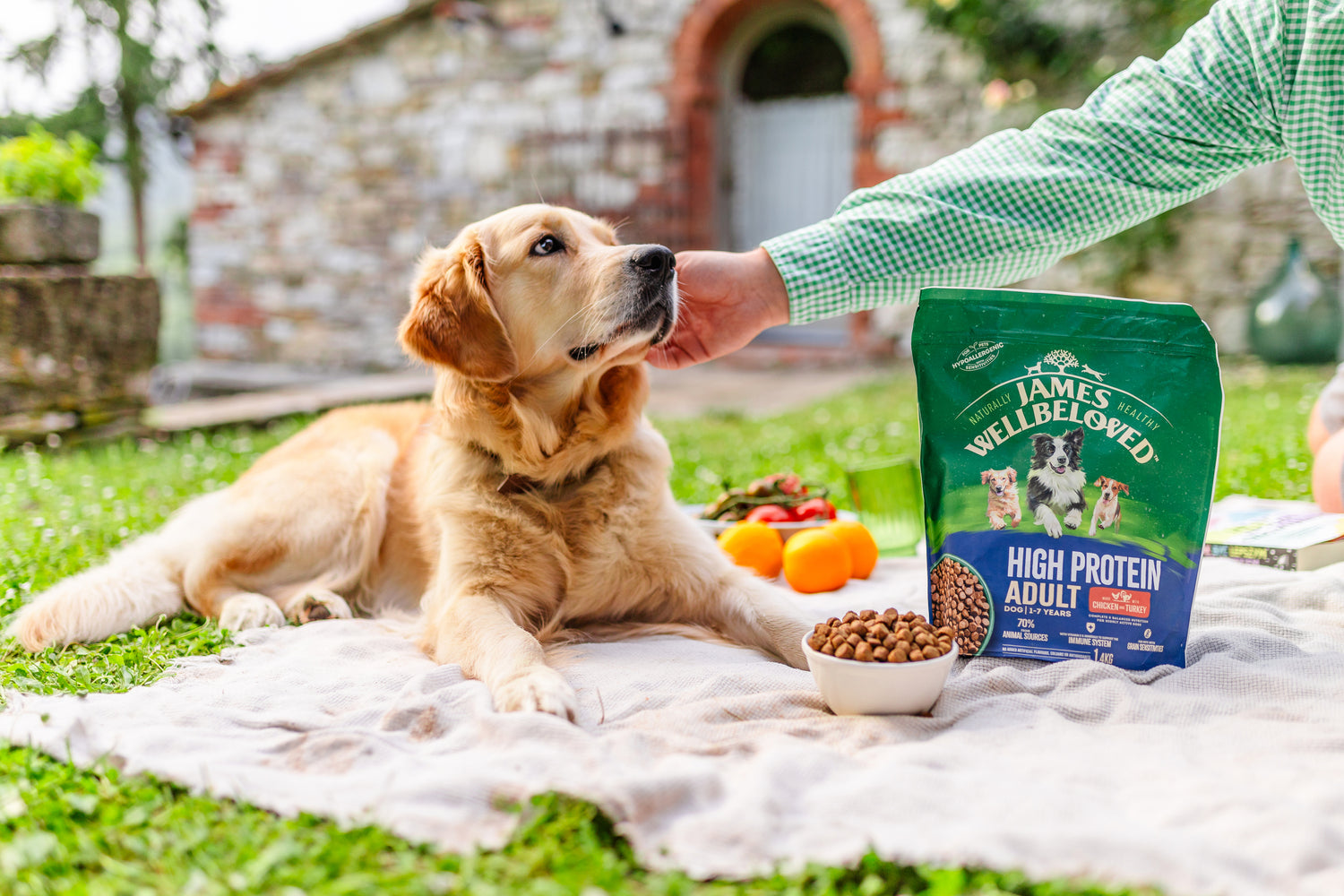Up until the end of the 19th Century, dogs mostly survived on scraps – what they could find and what their owners threw away. But, in around 1860, the first commercial dog food appeared – animal protein and cereals baked into biscuits. To begin with, recipes involved a lot of guesswork but, with increasing knowledge of the nutritional needs of dogs and cats, the recipes improved and we saw a dramatic improvement in the health and lifespan of our pets.
More recently, and this goes for us humans as well, we have realised that food can do so much more than simply supply the basic nutrients and that the type of food we and our pets eat can profoundly affect our health and happiness. This is what we call ‘Advanced Nutrition’.
Every day, we read about the benefits for us humans of omega-3s, the need for fibre in our diet, probiotics and prebiotics, health improvements associated with ‘superfoods’, plant extracts and so on. Well, these are equally important for our pets; not always in the same way – we have to remember that we don’t have the same digestive system as our pets – but these ideas and ingredients can be used to take pet foods to a new level.
So we see ‘functional’ foods, using natural ingredients to improve oral health or to eliminate hairballs, to help suppress joint pain in aging pets, to help overweight pets regain their ideal weight without going hungry. We see foods that recognise the different needs of small dogs and large dogs, of adult and senior dogs, of active and less active dogs.
We see foods bursting with powerful natural antioxidants from all sorts of plants and berries that boost our pets’ immune systems. And we see hypoallergenic foods that avoid the bad effects that certain ingredients can have on certain dogs, offering the owner a chance to improve their pets’ lives.
Food can be so much more than just protein and calories; this is Advanced Nutrition.












